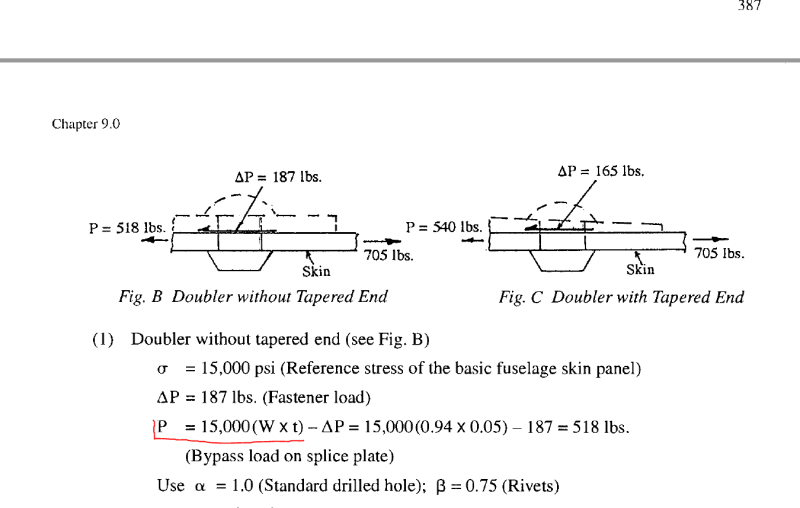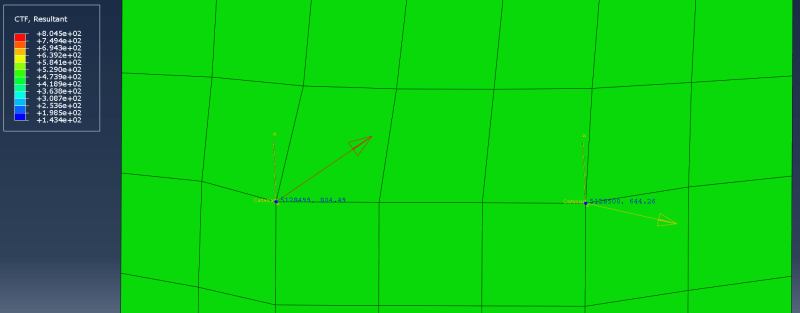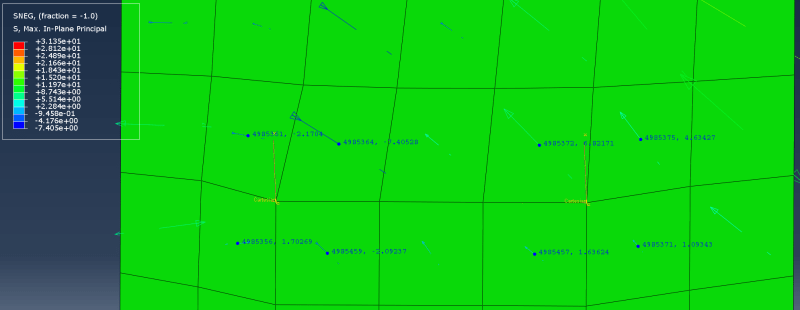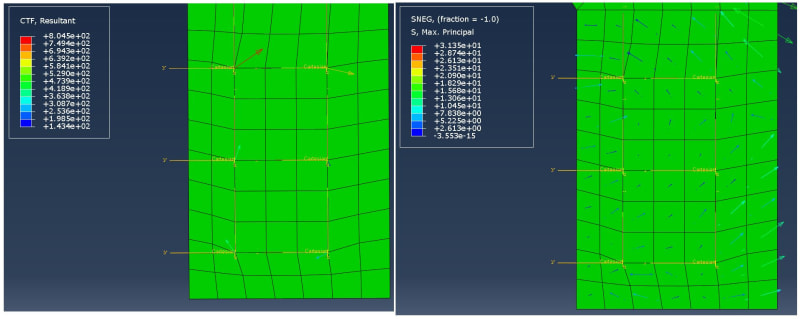ahkrit
Mechanical
- Apr 18, 2021
- 30
Hello.
i would like to know how the bypass load in a complex riveted joint could be calculated? The fasteners are modelled with bush elements and the neighbouring shell elements show different von Mises stresses. The load propogation also not clear as the joint is complex and has 3D load case ( each end has different loads and moments). So the basic calculations like in Niu`s book do not really help in that case.
How could a fatigue calculation work in that case?
Thanks in advance!
i would like to know how the bypass load in a complex riveted joint could be calculated? The fasteners are modelled with bush elements and the neighbouring shell elements show different von Mises stresses. The load propogation also not clear as the joint is complex and has 3D load case ( each end has different loads and moments). So the basic calculations like in Niu`s book do not really help in that case.
How could a fatigue calculation work in that case?
Thanks in advance!





